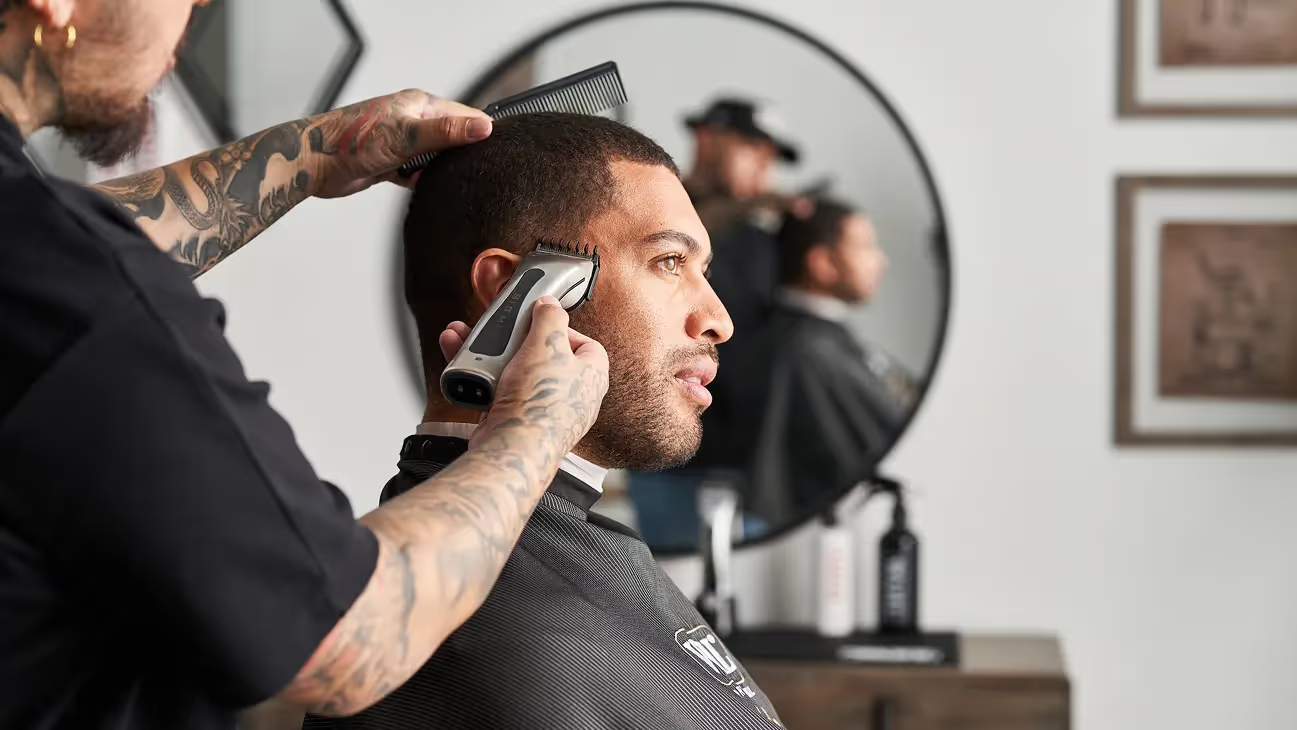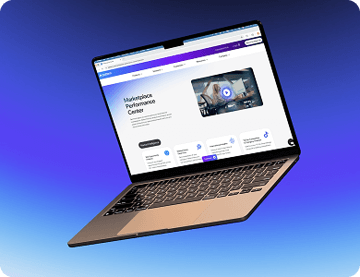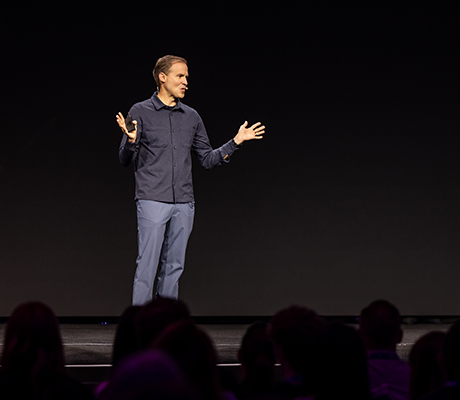How to Prepare for Amazon Prime Day 2021
Amazon Prime Day is expected to pull big sales for both the platform and third-party sellers, is your brand poised to win big?
Buckle up: Prime Day 2021 is on its way. The event is expected to, once again, pull big sales numbers for Amazon and third-party sellers participating on the platform. How can you prepare for Prime Day, and what should you expect? Here’s everything you need to know to pull off a Prime Day event that’s a smash success for your brand, whether or not you make sales.
A look back: Prime Day 2020
Last year’s Prime Day looked quite different than in previous years due to challenges related to Covid-19. Amazon experienced significant inventory and distribution issues at the start of the year and Prime Day was consequently moved from July to October. In spite of obstacles, the event was once again a big hit for Amazon—the company sold $10.4 billion worth of goods, up 45.2% from 2019 ($7.6 billion).
Marketplace sellers had an even better year, surpassing $3.5 billion in total sales across 19 countries in 2020, a nearly 60% increase over Prime Day 2019. Amazon products—like the Echo Dot and Fire Stick 4K—were once again the event’s best sellers. Other products that did well are the iRobot Roomba Robot Vacuum, LifeStraw Personal Water Filter, and LEGO Star Wars Stormtrooper Helmet, according to Digital Commerce 360. Prime Day 2020’s proximity to the holiday season was a big contributing factor to the event’s success.
Digital Commerce 360 reported that consumers purchased more holiday gifts last year compared to previous Prime Day events, and in another interesting insight, a higher percentage of shoppers browsed sites other than Amazon.com during Prime Day last year than in 2019. What this data means for marketplace sellers is that Prime Day continues to be a critical sales event, and it offers significant opportunity for growth across all channels.
What Prime Day 2021 will look like
This year’s Prime Day is slated to look closer to normal than it did in 2020, though there will still be Covid limitations in play. The event is anticipated to happen this summer rather than in the fall, and electronics is once again expected to be the dominant category. Ryan Moffet, Associate Director of Brand Management at Pattern, said Amazon will still be limiting the number of products under certain SKUs that can be held in their fulfillment centers due to the Covid-19 pandemic.
To prepare, Moffet said brands will want to set up two SKUs—an FBA and an FBM (Fulfilled by Merchant) or SFP (Seller Fulfilled Prime)—to stay ahead of potential issues. “If you, for whatever reason, stock out on your FBA inventory, you’ll have a reserve supply that you can ship to customers,” Moffet said.
How to prep for Prime Day 2021
When it comes to Prime Day, not all categories are created equal. “There are certain categories that just blow it out of the water, and there are other categories where it’s not really advantageous to do discounts or deals on Prime Day, because people just aren’t searching for those types of products,” Moffet said.
Electronics, tech products, and baby products do consistently well on Prime Day, while categories like jewelry and clothing don’t. Knowing what consumers will and won’t be searching for is an important first step for preparing for the event, and much of that information can be found in what media outlets report as Prime Day approaches. Once you have a sense of a) what consumers are looking for and b) if your products fall under that umbrella, you can prepare for Prime Day by either going all-in or by using targeted advertising.
The All-In Strategy
Brands that sell products complementary or adjacent to those on sale for Prime Day will be the most successful during this event. If you sell something like a Fire Tablet Case, for example, you’re going to move lots of inventory. Moffet recommends these brands take advantage of all the Amazon discounts they can run, such as lightning deals, deals of the day, coupons, and Prime exclusive discounts.
Some deals do have limitations and deadlines for use, so you’ll want to check in your seller account for dates and get signed up early. Another thing you’ll need to do for a successful Prime Day is ensure you’re able to convert customers and get traffic to your listings. That may require becoming more competitive in the ad space, cleaning up the copy, SEO, or images on your listings, or creating an email list of people who’ve visited your website to get them hyped for Prime Day deals now. Moffet said brands are likely to be more successful converting Prime Day customers than they would be on their own website because Amazon is such a trusted platform.
The Targeted Ad Strategy
Most brands don’t sell products in Prime Day’s hottest categories, and they probably won’t make a lot in sales during the event as a result. Instead of giving out discounts that will needlessly eat into their margins, Moffet said these brands should focus on advertising.
“What Prime Day does, and it does very, very well, is it gets people on the Amazon platform. So alternatively to putting your product on sale, you can go really aggressive on specific advertising tactics, like retargeting ads, so that you can take advantage of the traffic,” Moffet said.
Let’s say a consumer has looked at your product listing in the past 90 days. Chances are they’re going to be on Amazon browsing deals for Prime Day. You can retarget your ad to that customer while they’re on the Amazon platform so your product is at the front of their mind while they’re already in buying mode. Another thing you can do is retarget the consumers you hit on Prime Day weeks or months down the line when your product is on sale with less competition.
One brand that has successfully incorporated retargeted advertising into their Prime Day strategy is Pandora. Because jewelry isn’t a popular Prime Day category, Pandora—with the help of Pattern—created an ad strategy that targeted Prime Day consumers who had shown interest in their products before and put those products front of mind.
During their peak sales period–right before Christmas–Pandora and Pattern retargeted those same Prime Day consumers. It ended up being a massively successful campaign. “For every dollar that we put into the ad campaign, we got $24 in revenue out of it. On top of that, I think 70-80% of that revenue was new to brand customers,” Moffet said.
In conclusion
Success on Prime Day can be achieved by having both the right strategy and really honing the good things your brand is already doing to push sales on Amazon. “If you think about the basics of Amazon, doing those basics really, really well for Prime Day is that much more important, so making sure that you have inventory, making sure that the content on your product detail page is really good, and it’s really clear what the product is,” Moffet said.
Drive traffic to your listings through your ad strategy, increase your conversion, and offer the right price, and it’ll be hard to not have a successful Prime Day. Learn how Pattern can help with your Prime Day strategy, product listing optimizations, and marketplace success with your free demo.


.jpg)







.jpg)